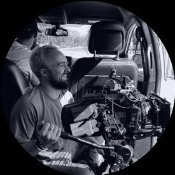M8 in the studio
-
Recently Browsing 0 members
- No registered users viewing this page.
-
Similar Content
-
- 21 replies
- 690 views
-
- 2 replies
- 590 views
-
- 31 replies
- 2,220 views
-
- 2 replies
- 849 views
-
- 4 replies
- 862 views
-




Recommended Posts
Join the conversation
You can post now and register later. If you have an account, sign in now to post with your account.
Note: Your post will require moderator approval before it will be visible.